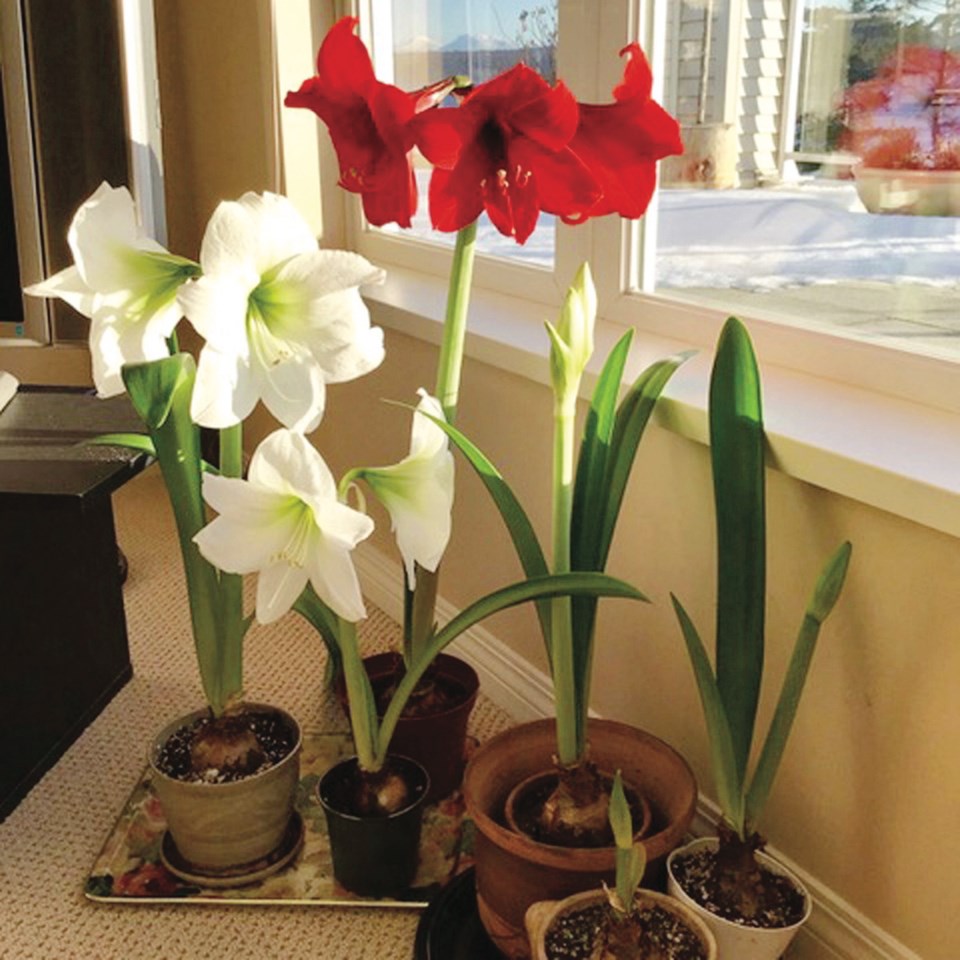For keen year-round gardeners, February was a bit of a bust. Almost three weeks of frozen ground buried in piles of snow made any kind of gardening impossible.
It’s been a shock. Pleasantly useable outdoor weather through January had lulled us into thinking that winter would pass us by. Like many others, I was planning for early seedings and a hefty head start on the spring growing season.
What now? I don’t see any significantly warmer temperatures in the immediate forecasts, and gardens still laden with snow might not be free of it quickly.
What can be done? Get ready to pounce on the garden as soon as conditions make this possible.
Acquire needed seeds and organize them into indoor and outdoor sowings and by seeding times. List transplants to be purchased, by each type’s best planting time.
For example, onions, leeks, early broccoli, cabbage and cauliflower, lettuce, endive, pansies and snapdragons can usually be transplanted in March or early April, depending on weather and soil conditions.
Try to resist the temptation to purchase transplants long before they can be set out into the garden.
Conditions for holding on to them are rarely optimal around most homes, and the waiting time can bring on deterioration in the plants.
You’ll get the best possible results from planting newly acquired fresh young transplants at the most appropriate time for each type.
Do as much planning as possible. Note the vegetables and flowers to be planted and decide where they will be placed. Rough sketches of main planting areas might help.
Acquire whatever material you’ll need to prepare beds and plots for planting. These can include soil amendments, lime and fertilizers.
Meanwhile, as soon as it’s possible to get out into the garden, take a careful look around to see what plants have been damaged by the weight of snow. There might be some basic repair work to do.
The most brittle-branched plant in my garden is a large spreading strawberry tree (Arbutus unedo). Just one branch broke off the tree this time.
I’ll choose a dry day with above-freezing temperatures for removing the branch stub left on the tree.
Mary’s amaryllis. About two weeks ago, Mary Bennett sent along a photo showing a group of potted amaryllis plants.
One pot held a tall flower stem bearing a cluster of red flowers. From others emerged white blooms.
Her description of “my amaryllis family:” “The red one is a second flower stalk from that bulb. The white flowers are all babies from a Mont Blanc bulb that I bought a few years ago. It keeps producing baby bulbs, which I pot and put outside for pampering every summer. There are actually six more babies, one of which bloomed a month ago.”
Some amaryllis varieties are more prone than others to produce offset bulbs alongside the parent bulb.
Tight-fitting pots tend to discourage offset production. In broad pots that allow more than the usual tiny bit of space between bulb and pot, offsets often appear.



